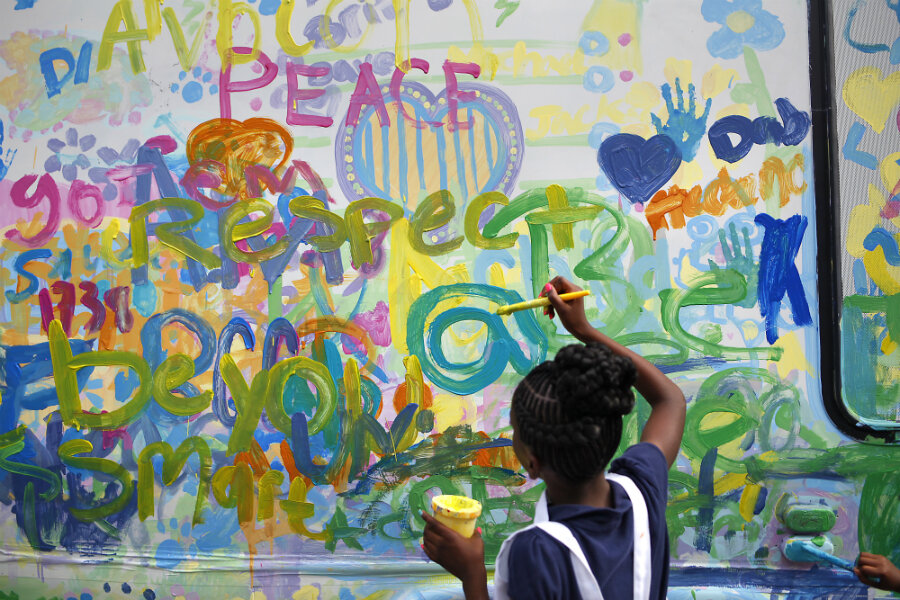In 2015, Americans became more generous. What happened?
Loading...
Charities in the United States experienced their best year ever for receiving donations, according to a new report released this week.
The Giving USA 2016 philanthropic analysis, compiled by the Indiana University Lilly Family School of Philanthropy, found a record total of $373.25 billion was donated to US charities in 2015. That figure includes charitable contributions from individuals, corporations, foundations, and estates. Individual giving accounted for 71 percent of that total, and overall giving rose more than 4 percent from 2014 to 2015, highlighting this decade's rise in charitable donations following the late 2000s recession.
But while charities around the country were certainly happy to receive the generous contributions, some say that the trend points to more than just impressive monetary figures.
"[T]hese findings embody more than numbers – they also are a symbol of the American spirit," said Giving USA Foundation chair W. Keith Curtis in a release. "It's heartening that people really do want to make a difference, and they're supporting the causes that matter to them. Americans are embracing philanthropy at a higher level than ever before."
After a decade of reports of a sluggish economy, giving totals highlight Americans' increased capacity to give to those in need.
"The last two years represent the highest and second-highest totals for giving – and the third and fourth largest percentage increases in giving – in the past 10 years, adjusted for inflation," said Amir Pasic, dean of Indiana University's Lilly Family School of Philanthropy, in a Giving USA release.
The national donation amount was estimated based only on giving from within the US to domestic 501(c)(3) nonprofits. Nearly one-third of the money was donated to religious groups, 15 percent to education, 12 percent to human services, and 11 percent to foundations.The remainder was split among organizations focused on causes such as health, the arts, the environment, and more, and matched closely with last year's giving allocations – except for a 17.5 percent increase in international affairs giving.
"The share of total giving going to each type of recipient was virtually the same in 2015 as it was in 2014," Dr. Pasic said. "During and after the recession, some donors redirected donations to assist with pressing needs. The fact that the portion of the giving 'pie' destined for the various subsectors has been largely consistent for the past two years suggests that giving among the broad destination categories may be stabilizing."
This past year's high donation levels also maintained a trend that has kept relatively stable for decades: the total giving accounted for 2.1 percent of the US gross domestic product, above the 40-year average of 1.9 percent and actually outperforming growth in the GDP.
"Philanthropy is quite democratic and always has been – more people give than vote in the US – and $20, $10 and $1 gifts do make a cumulative difference," said Patrick Rooney, the Lilly associate dean for academic affairs and research, noting their significance even alongside massive gifts of $100 million or more, which contributed to a total of $3.3 billion of 2015's sums.
The Giving USA release suggests that Americans' increasingly generous sentiments may be brought on by the stabilization of the national economy as well as individuals' household monetary affairs since the late 2000s.
There is still room for growth, some say: giving based on disposable income has "been stuck at 2 percent for many years now," Steve MacLaughlin, a Blackbaud analytics director, told The NonProfit Times.








